Anthracnose and powdery mildew are very common diseases on mangoes. To effectively control pests and diseases on mangoes, farmers need to adhere to a proper care regimen.
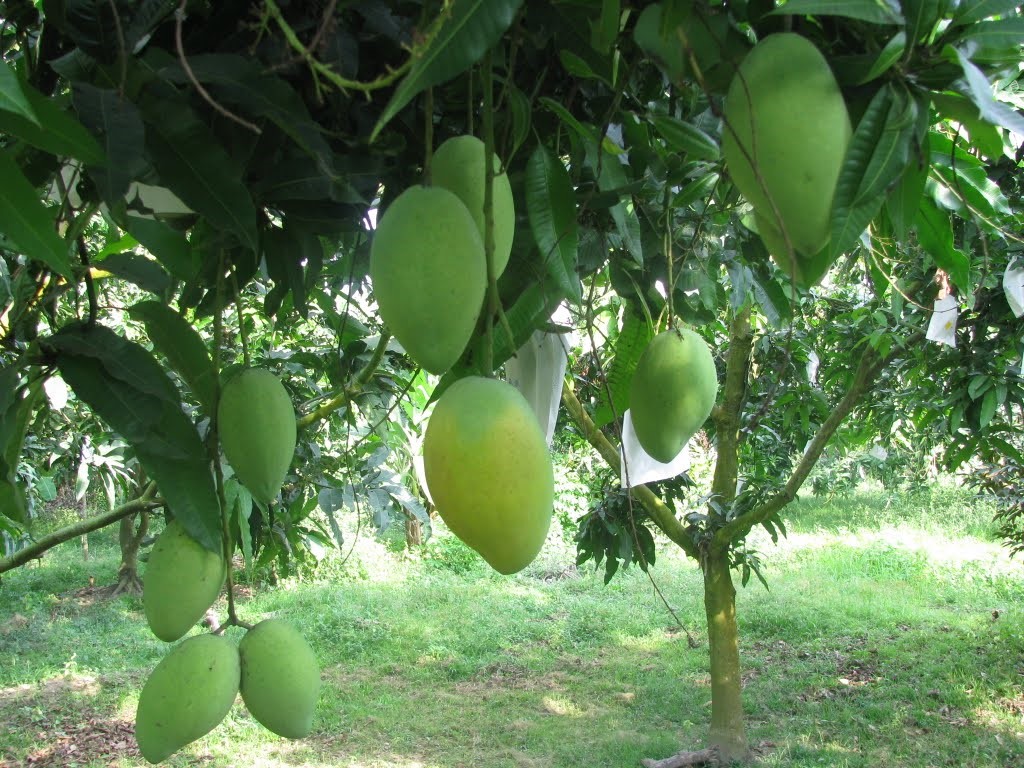
The mango tree (Mangifera indica L) is a tropical fruit tree native to the region from India to Myanmar and has been cultivated for over 4,000 years. Today, mango trees are widely grown in 60 countries across tropical and subtropical regions with a very large production.
In our country, mangoes are cultivated in almost all provinces and cities nationwide, with a total estimated area of over 87,000 hectares. To date, Vietnamese-branded mangoes have been exported to 40 countries around the world, bringing high economic value to the people. Like other crops, mango trees often face the risk of being attacked by various pests and diseases, with anthracnose and powdery mildew being the most common diseases affecting mangoes. Let’s join Agrifuture to explore preventive measures for these harmful diseases in the following article.
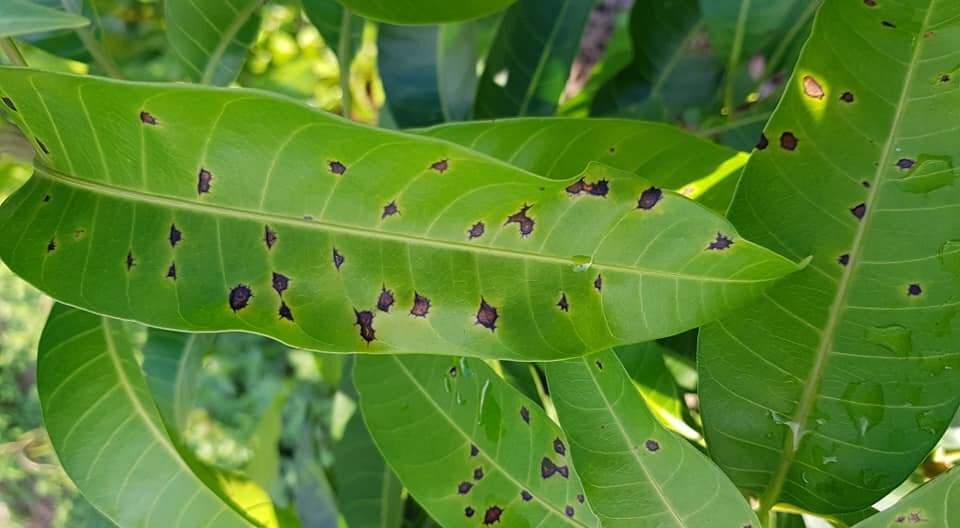
Pathogenic Characteristics
Anthracnose disease in mango trees is commonly caused by the fungus Colletotrichum gloeosporioides. The disease can affect the leaves, flowers, and fruits of the mango tree.
On leaves, the disease typically affects young leaves. Farmers may notice small, darkening spots the size of a pinhead that gradually enlarge into undefined shapes (usually oval or round, black in color). The disease can spread extensively, causing damage to the leaves, which impacts the tree's photosynthesis and nutrient synthesis processes.
On flowers, the disease causes them to drop and turn black, reducing the tree's yield.
On fruits, the disease can appear from when the fruit is small until harvest time, reducing the quality and appearance of the fruit. The fruit may become tough, misshapen, or even rot and fall off.
Preventive Measures
Agrifuture Company recommends using effective fungal disease prevention and treatment products such as TV AZOMIDE 25WP and TVZEB JAPANE 70WP.
• Product information for TV AZOMIDE 25WP:
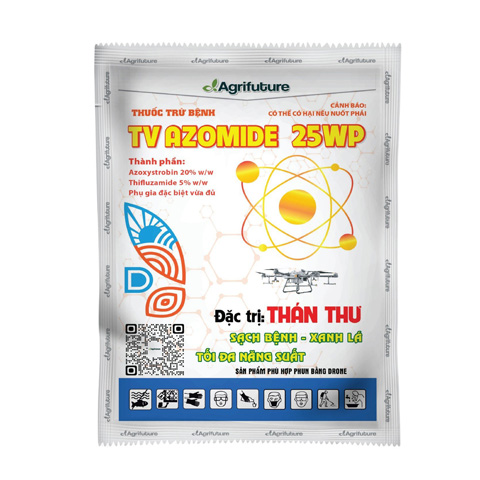
Properties and Uses:
The unique and pioneering invention has led to the creation of TVAzomide 25WP, featuring a specialized fungus-killing mechanism that directly targets the mitochondria of pathogenic fungi by inhibiting succinate dehydrogenase and the ATP energy production process. This results in the immediate death of the fungi upon application. TVAzomide 25WP has strong systemic and translocation capabilities, ensuring rapid and comprehensive eradication of fungi.
Usage Instructions:
TV Azomide 25WP is registered for the control of anthracnose disease on coffee plants.
Product Information TVZEB JAPANE 70WP
Properties and Uses:
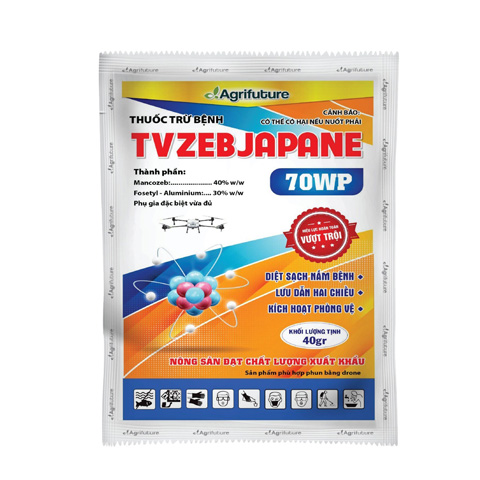
The breakthrough formula has created TVZeb Japane 70WP with the synergistic power of two components that have specialized mechanisms of action for eradication.
Therefore, TVZeb Japane 70WP is significantly more effective than other products, offering both immediate and long-lasting effects, while also promoting thick foliage and quick recovery.
TVZeb Japane 70WP is registered for the control of brown spot disease on dragon fruit.
Dosage: 0.3%. Mix 50-80g per 25 liters of water or 250g per 100-150 liters of water.
Spray volume: 400-900 liters/ha. Spray when the disease first appears, at about 5% infection rate.
Pre-harvest interval: 7 days after spraying.
1.Powdery mildew disease
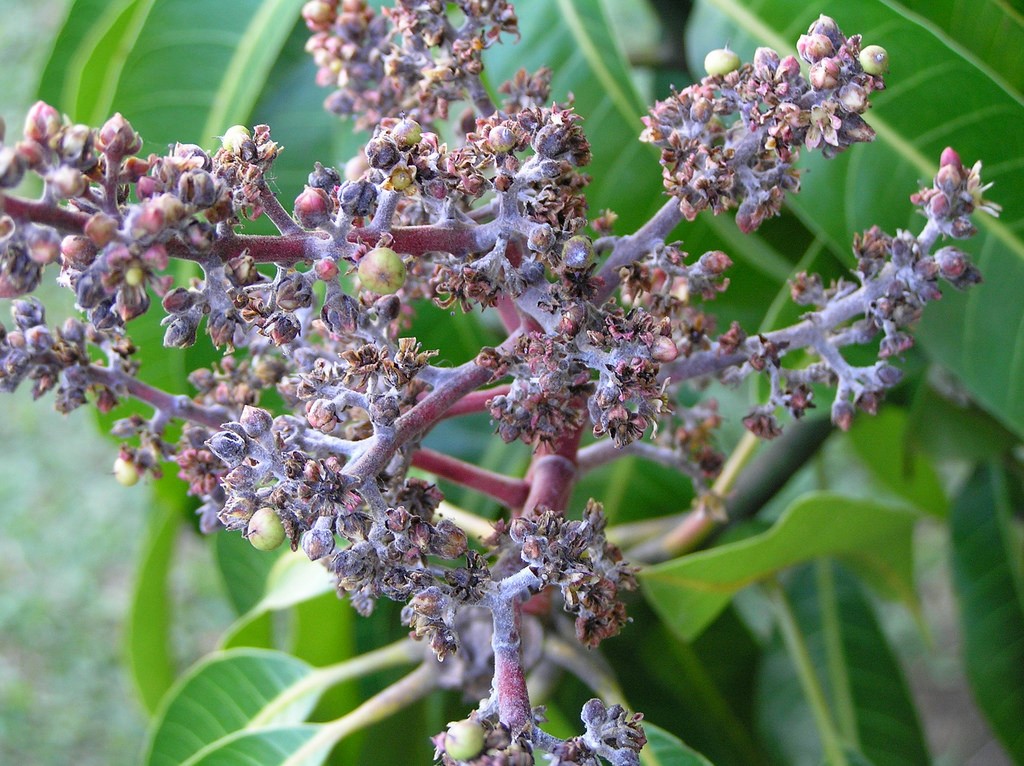
Pathogenic Characteristics
The disease is caused by the fungus Oidium mangiferae and develops strongly in hot and humid weather or when there is dew in the evening. The primary sign to recognize an infected plant is the presence of a white powdery layer on young mango leaves and fruits. Initially, the disease appears on the flowers and then spreads to the leaves, leaf stalks, young fruits, and branches. Infected leaves will have reduced photosynthetic ability, infected flowers may fall off, and fruits that set can become misshapen and deformed, losing their aesthetic appeal. Fruits attacked by the white fungus will be distorted, malformed, unattractive in color, pale, dry, and prone to falling off, thus reducing yield and commercial value.
Control Measures
In addition to the two specialized products for anthracnose disease, TV AZOMIDE 25WP and TVZEB JAPANE 70WP, farmers can also use the product CAP JAPANE 70WP for effective prevention and treatment of powdery mildew and other fungal diseases.
• Product Information for CAP JAPANE 70WP:
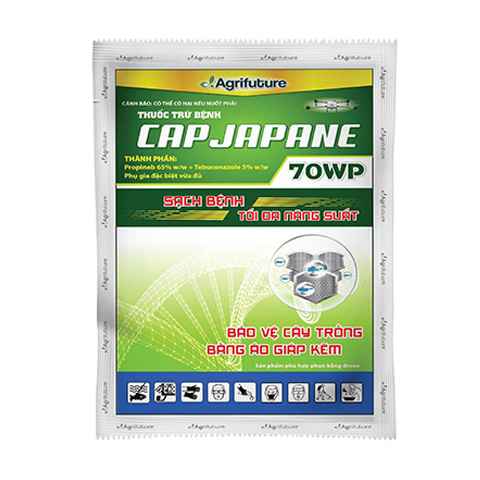
Characteristics and Uses
CapJapane 70WP is formulated from a unique blend for crop protection. Immediately after spraying, the active ingredient Propineb disrupts metabolic processes, while Tebuconazole inhibits the ergosterol biosynthesis in cells, causing the fungi to die instantly with prolonged effectiveness thereafter.
CapJapane 70WP has systemic absorption, deep penetration, and translocation capabilities, providing comprehensive crop protection and maintaining healthy green foliage.
Instructions for Use: CapJapane 70WP is registered for the control of rust disease on roses.
Dosage: 800g/ha. Mix 30-50g per 25 liters of water. Alternatively, use an 800g packet for 400-500 liters of water.
Spray Volume: 500-600 liters/ha. Spray when the disease first appears, at an infection rate of about 5%.
Pre-harvest interval: 14 days after spraying.
Agrifuture Vietnam offers effective solutions for anthracnose and powdery mildew in mangoes.
In the article above, Agrifuture has compiled effective techniques for growing and caring for mango trees to combat anthracnose and powdery mildew. We hope that farmers have gathered many useful tips for proper disease care and prevention. If you have any questions or need technical advice, please feel free to contact us using the information below.
Wishing you a lush and fruitful orchard with high economic efficiency!